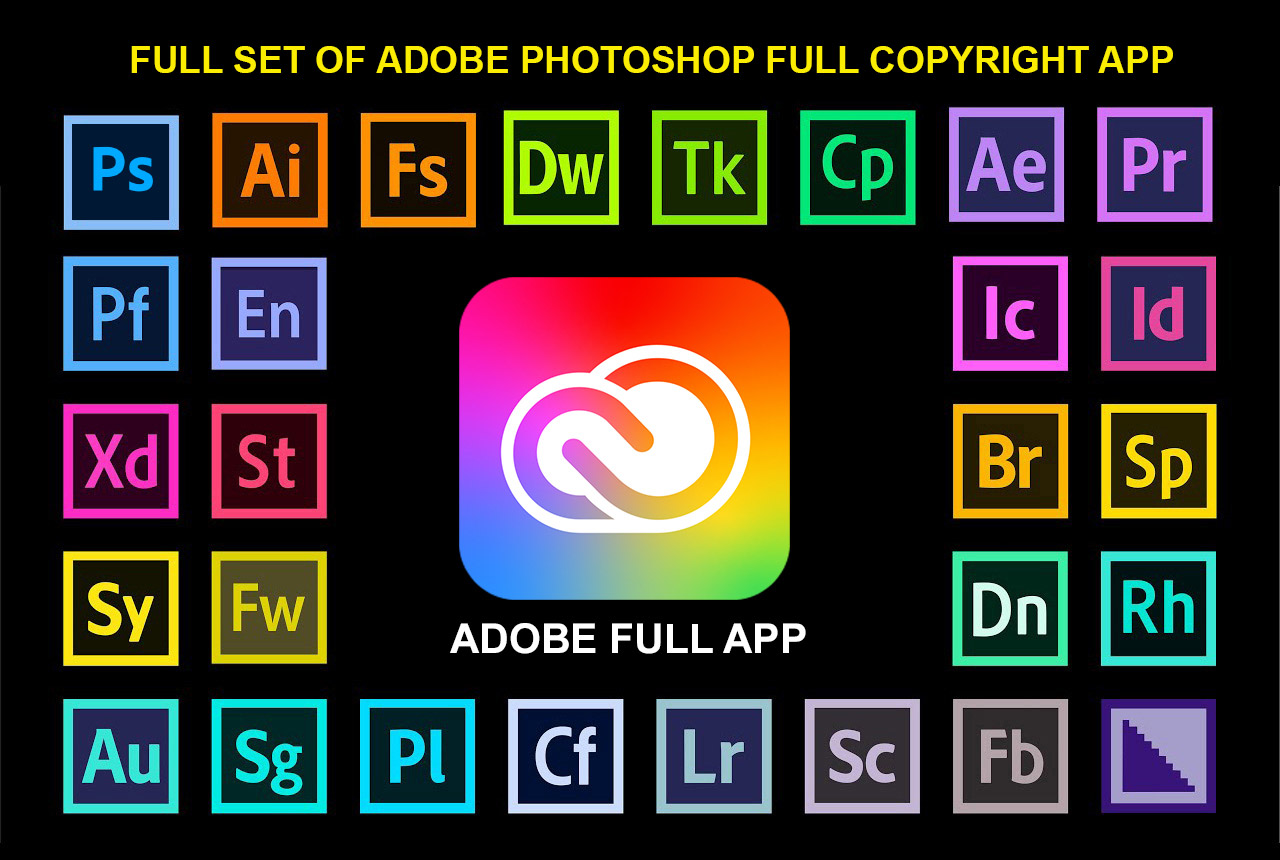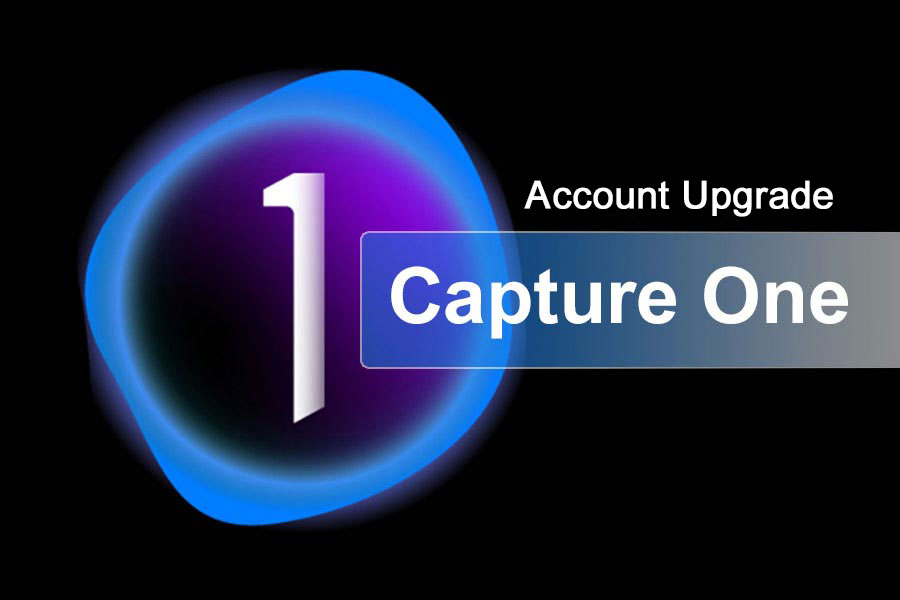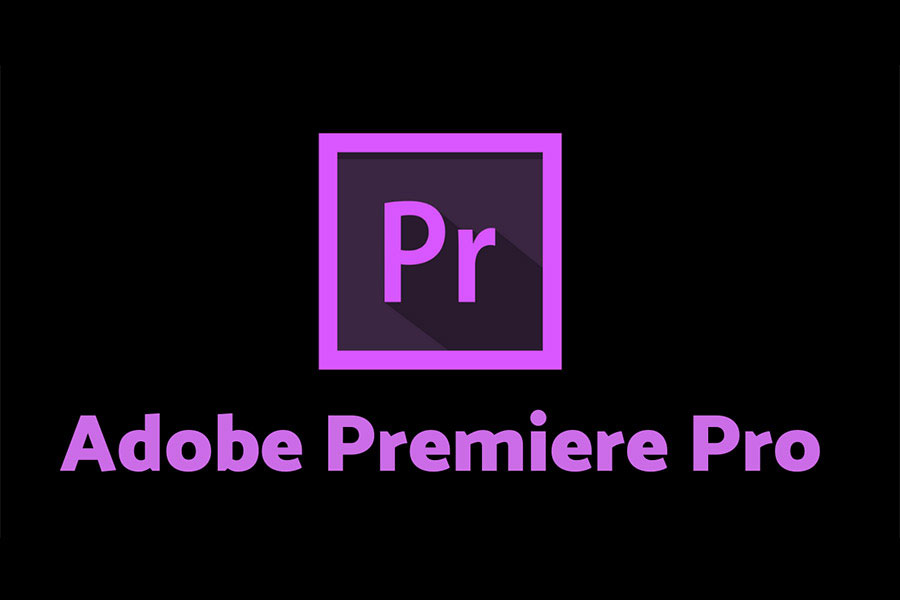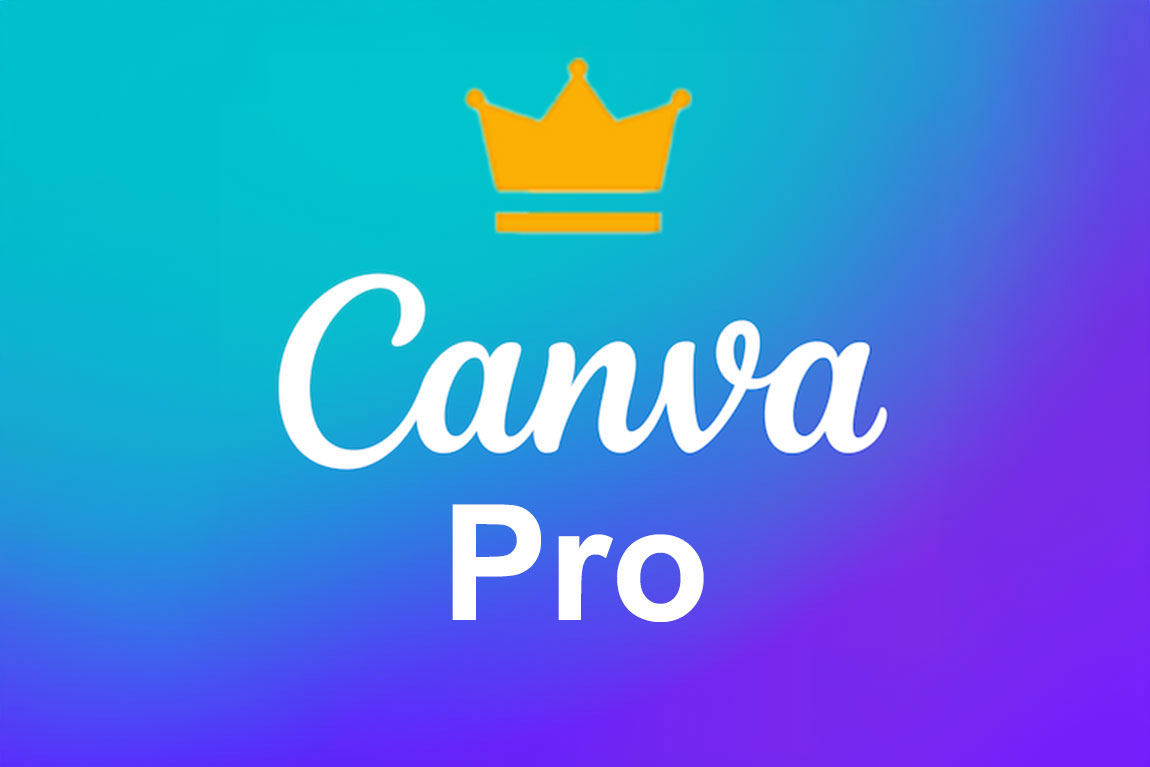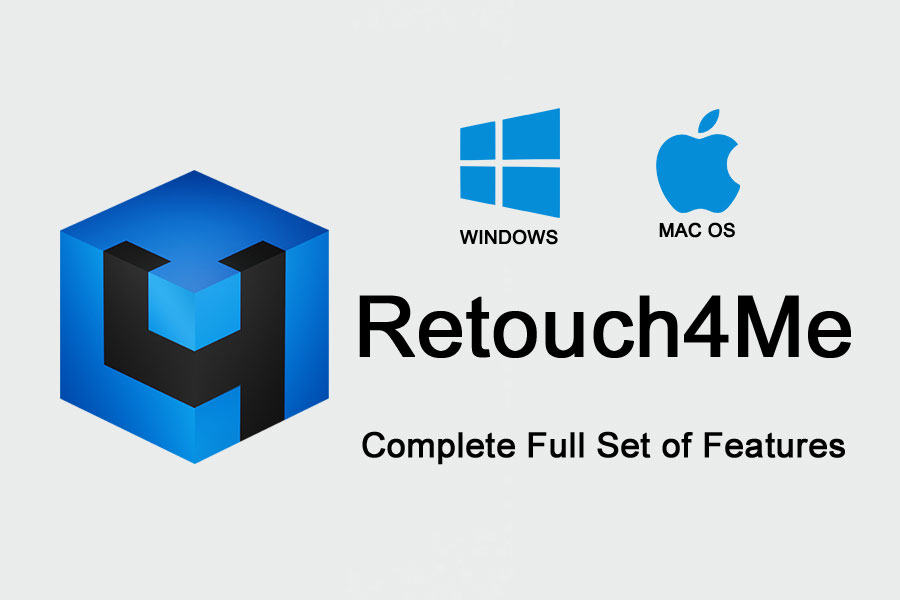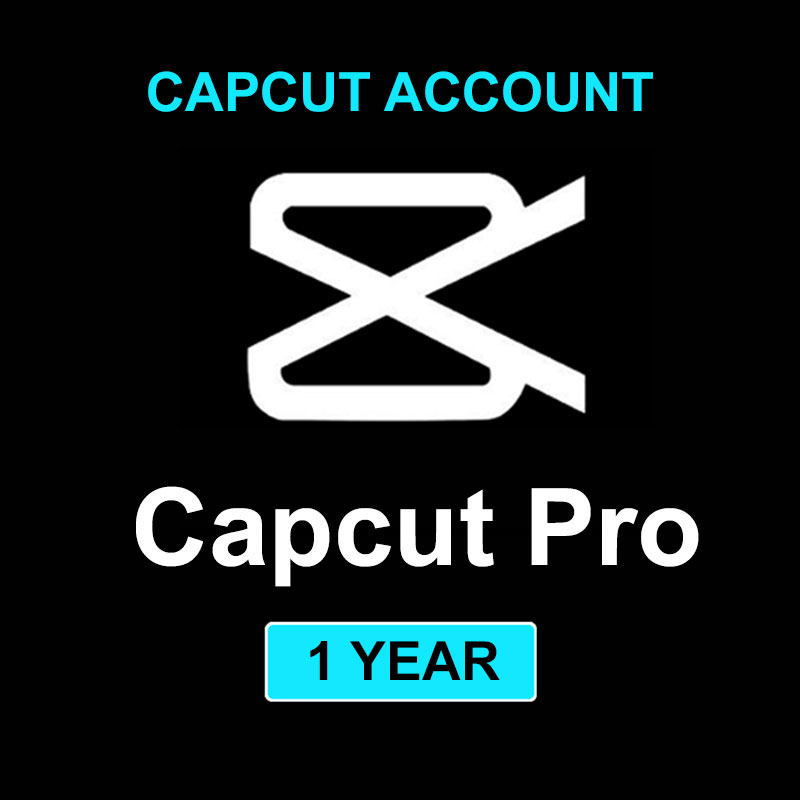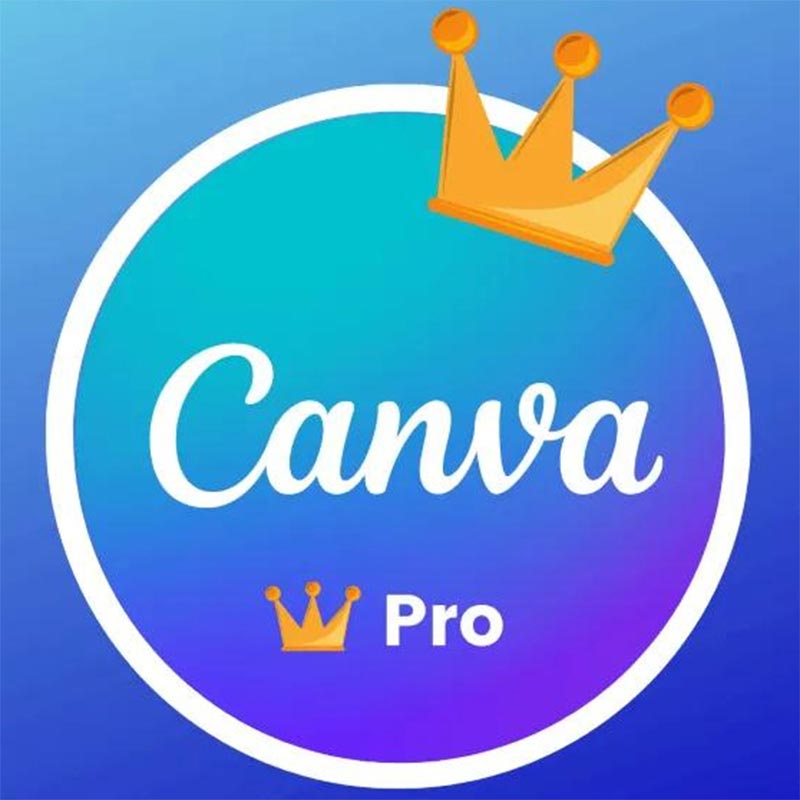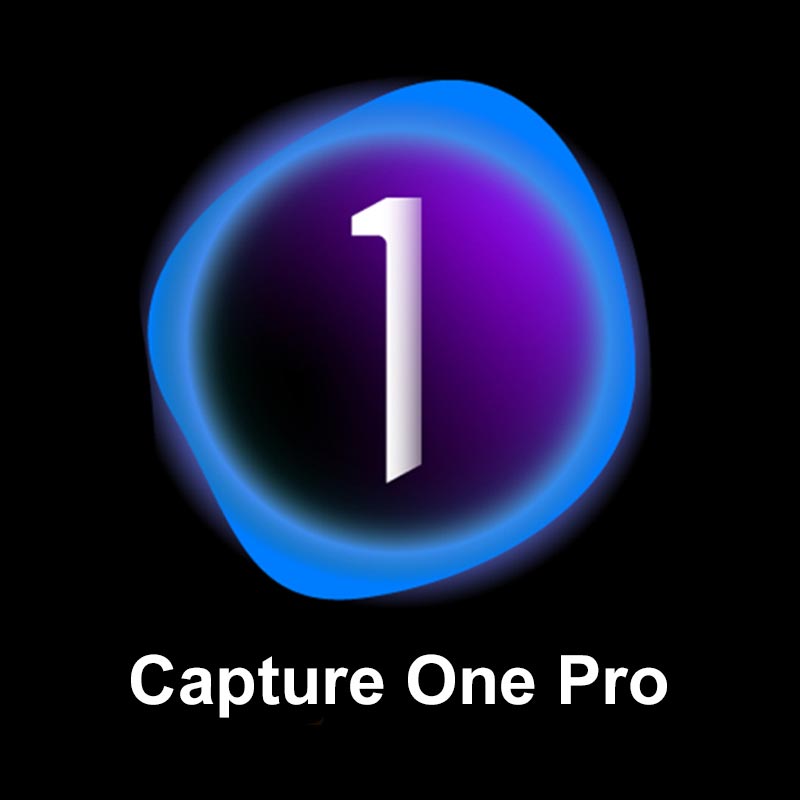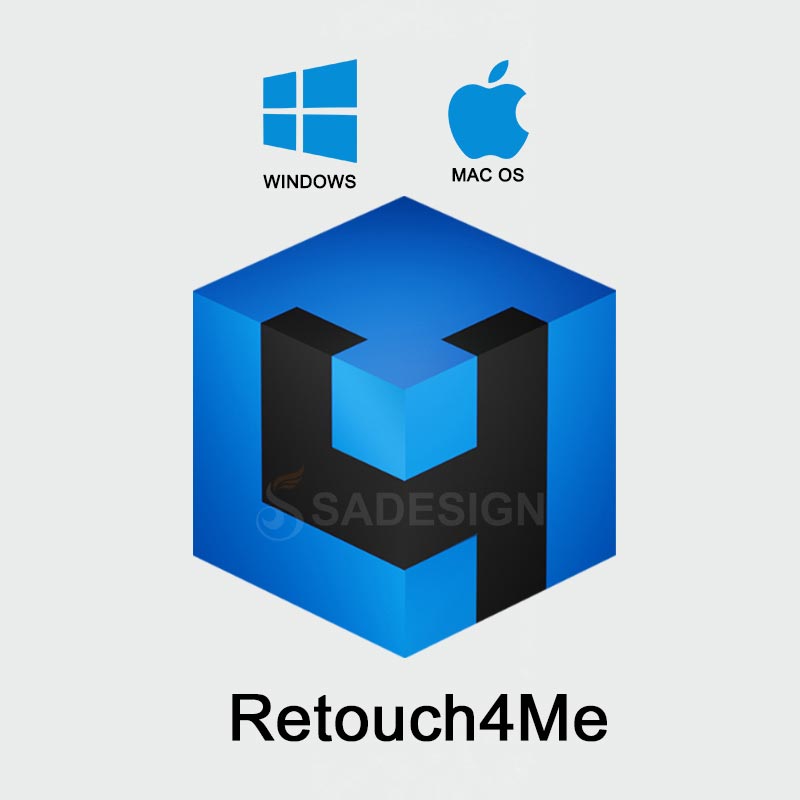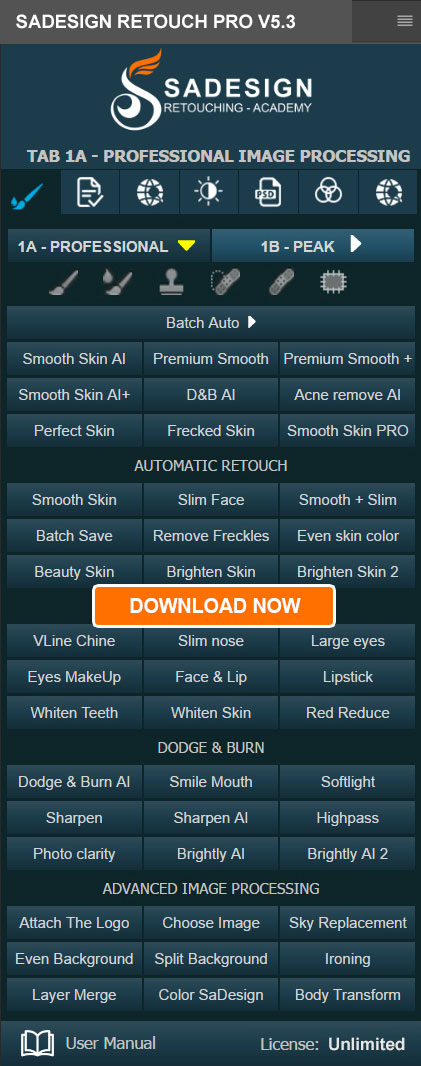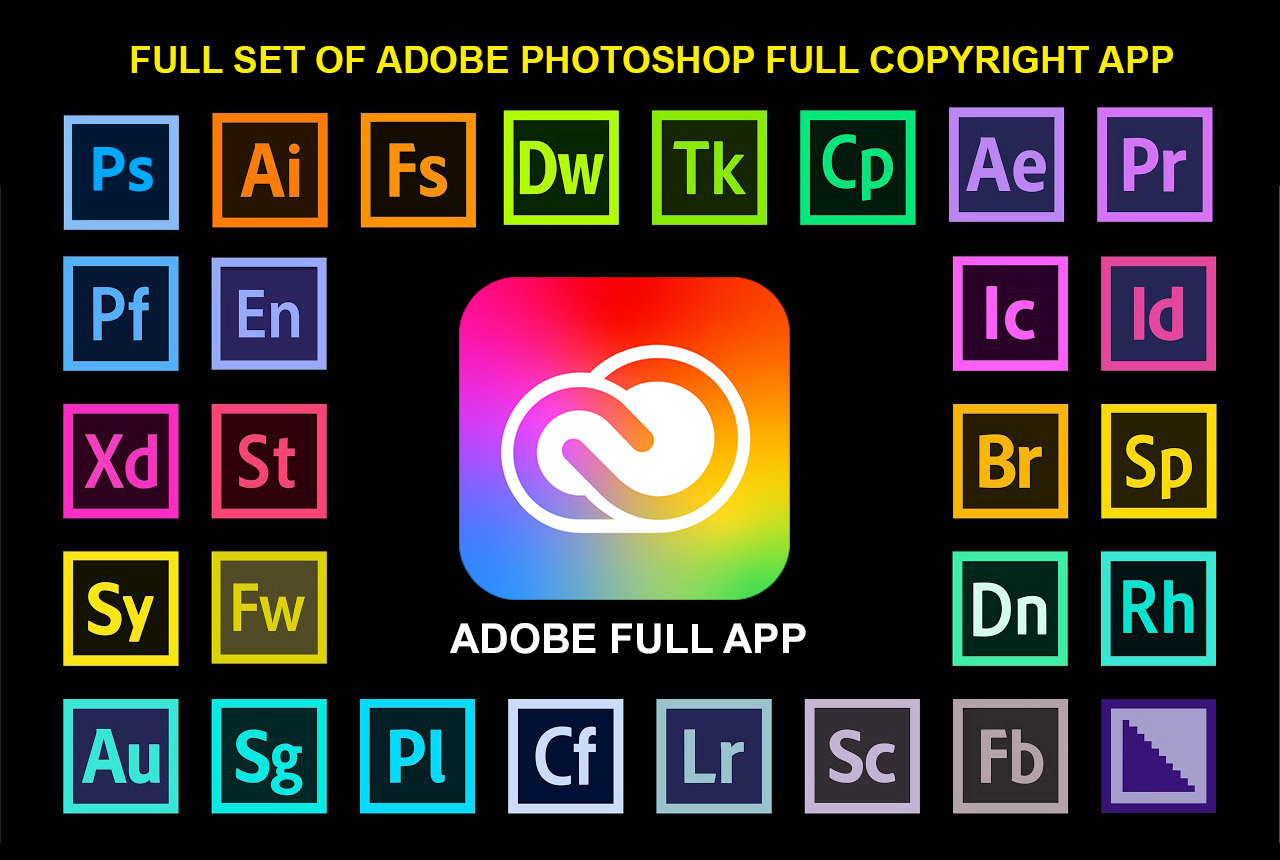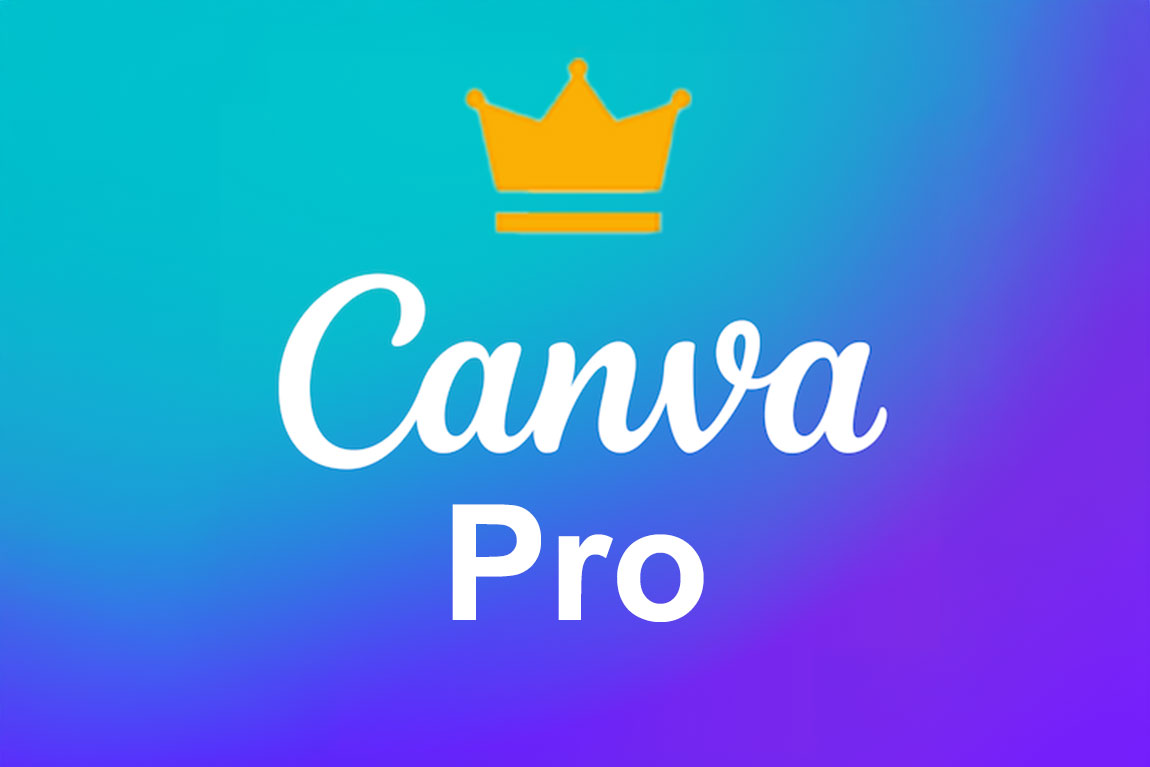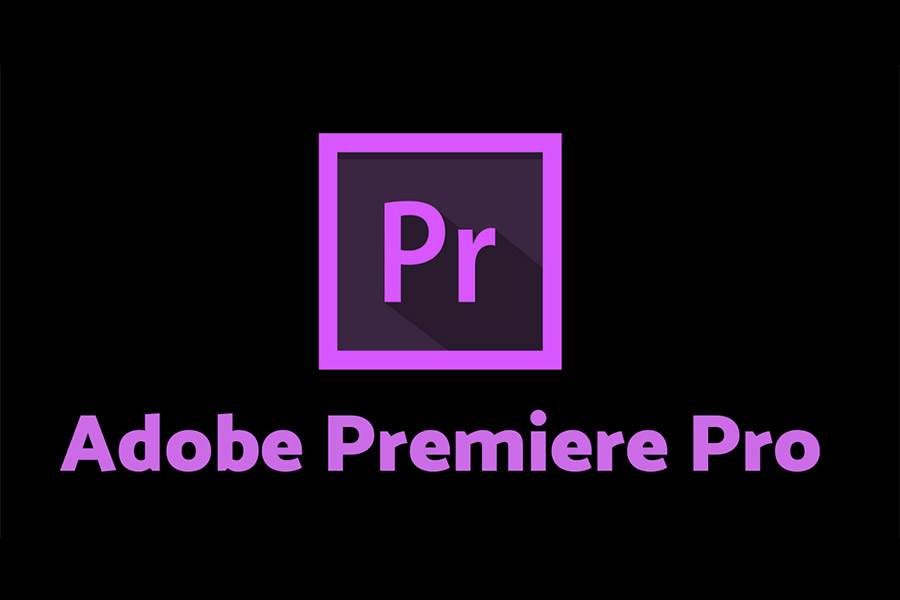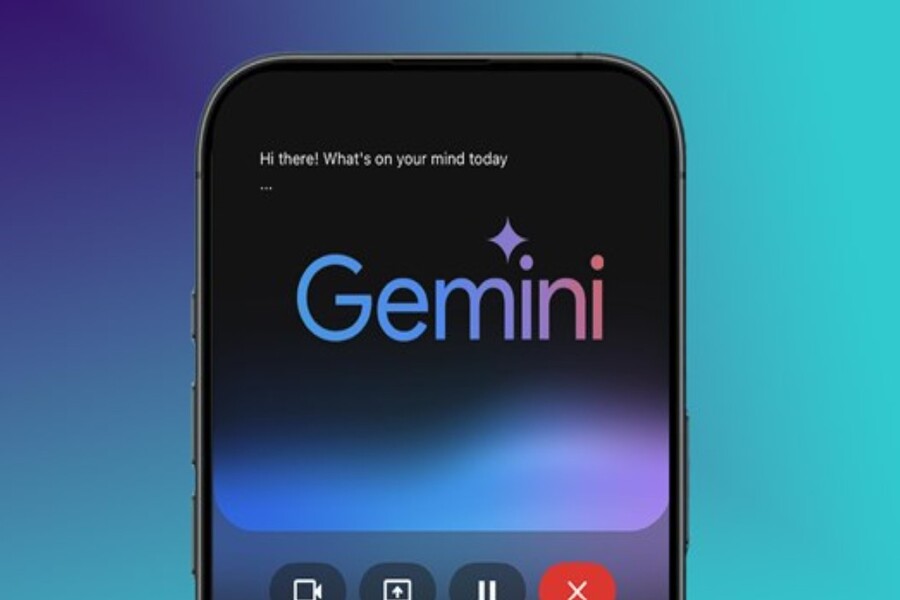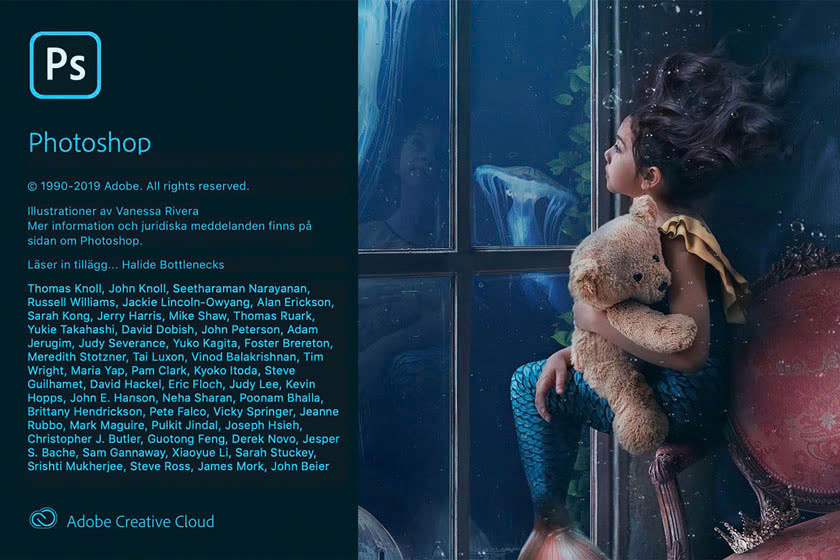Best Selling Products
Have You Ever Curious About The History Of The CD? Discover Now!
Nội dung
If there's one detail that makes the history of the CD more poetic, it's the story of the 74-minute capacity. Why does a CD hold 74 minutes of music instead of 60 or 80?
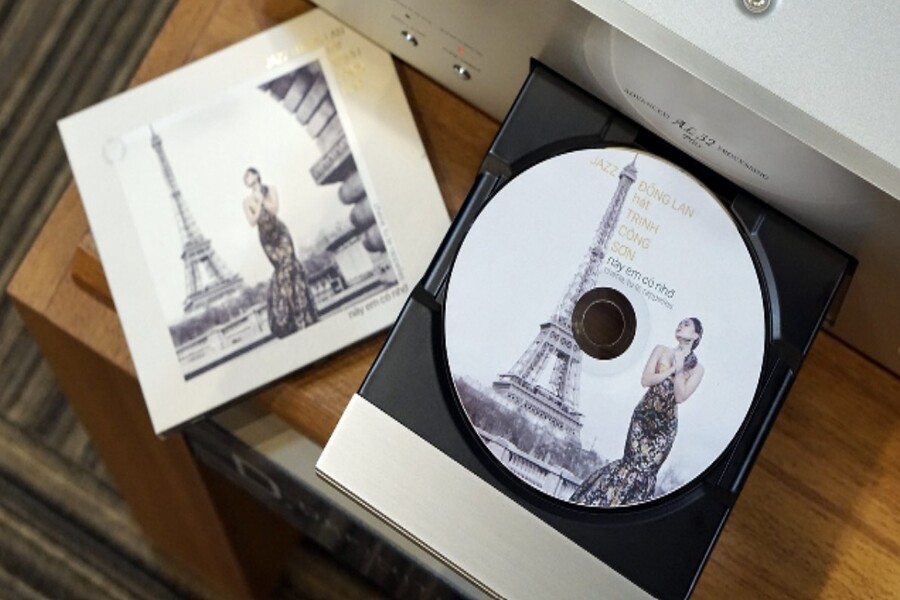
The 1980s were a period when the world of music and technology was undergoing dramatic changes. After many years of domination, cassette tapes and vinyl records began to show their limitations: sound quality deteriorated over time, they were easily damaged, difficult to preserve and could no longer meet the increasing demands of listeners. In that context, a silent revolution was prepared to take place, a revolution called Compact Disc or what we still call CD.
On August 17, 1982, at a Polygram factory in Langenhagen, Germany, the first commercial CDs were officially pressed. The album chosen to mark this historic moment was no coincidence: it was The Visitors by the legendary pop group ABBA. With that choice, the first commercial CD was immediately associated with one of the greatest icons of popular music.
That moment, on the surface, was just the birth of a new product. But in reality, it opened a completely different era. The CD not only changed the way we listen to music, but also became the standard for data storage in computers, laying the foundation for the multimedia PC that followed. To understand the power of the CD, we have to look back at the fascinating story behind the seemingly dry numbers. And one of the most famous anecdotes is associated with classical music, specifically Beethoven.
1. Beethoven's anecdote and historic decision
If there's one detail that makes the history of the CD more poetic, it's the story of the 74-minute capacity. Why does a CD hold 74 minutes of music instead of 60 or 80?
According to many sources, including insider accounts, it was Norio Ohga, then Sony’s president, who made this iconic decision. Ohga was an opera composer with a deep passion for classical music. When Sony and Philips (two corporations working together to develop CD technology) were debating capacity, Ohga made a unique request: a CD that could hold Beethoven’s entire Ninth Symphony.
.png)
This work, depending on the orchestra and conductor, usually lasts more than 70 minutes. The number 74 minutes was therefore chosen as a benchmark to ensure that no one would have to listen to a musical masterpiece unfinished.
Of course, there are other explanations: that this capacity comes from technical limitations, from the diameter of the 12cm disc, or from the demands of famous conductors. But the Beethoven story, although partly anecdotal, has become a “romantic touch” in the history of the CD. It shows that technology is not determined by dry calculations, but also by love of art and human emotions.
2. CDs dominate the music world
Since its launch, CDs have quickly proven their superiority. Compared to vinyl records, CDs are much more compact, easier to store, less susceptible to scratches and do not require careful cleaning. Compared to cassette tapes, CDs provide clear digital sound quality, without distortion, no crackling and especially no wear after each play.
For music lovers, CDs bring a whole new experience. More than just listening, CDs also bring the feeling of “owning” an album. The transparent plastic boxes, the accompanying booklets printed with the artist’s photo, lyrics, production notes… all turn CD buying into a cultural ritual. Each sparkling silver disc is not only music, but also a souvenir.
The 1990s saw a huge explosion in the CD market. Major artists from Michael Jackson and Madonna to rock bands like Metallica and Nirvana released albums on CD. Record stores were bustling and CD collecting became a popular pastime.
The peak was in 2000, when CD sales in the US reached nearly 1 billion albums. This was a huge number, proving that CDs had become an irreplaceable standard in the global music industry.
.png)
Interestingly, CDs were not just for music. Engineers realized their enormous potential for data storage as early as the mid-1980s. In 1985, the Yellow Book standard was introduced, paving the way for CD-ROM, a format that allowed computers to store and read data.
In 1988, the ISO 9660 file structure was published, making CD-ROM a popular platform. From then on, personal computers entered an era of multimedia.
Anyone who lived in the 90s cannot forget the image of CD-ROMs filled with knowledge: from the Encarta encyclopedia, the Oxford dictionary, to office software. Not only that, CD-ROMs are also associated with gaming memories: from classic titles like Myst, Diablo, StarCraft to Windows 95, Windows 98 installations.
The sound of the CD drive spinning, the flashing reading light and the feeling of waiting for the software to be installed have all become an indelible part of the memories of the 8x and 9x generations.
3. The “burn” culture and the last golden age
If commercial CDs brought music to the masses, the emergence of cheap CD burners in the late 90s ushered in another revolution: the “burn disc” culture.
With the advent of CD-R (Recordable) and CD-RW (Rewritable), for the first time, ordinary users could create their own discs. With just a computer, a burner and software like Nero Burning ROM, anyone could burn music, movies, and data to discs.
.png)
This culture quickly became a social phenomenon. Home-burned CDs were passed around among friends, sharing favorite music, movies, even software and games. CD burning shops flourished, becoming a meeting place for young people.
For many, “burning” was not just a convenient tool, but also a creative joy. The selection of songs, the design of the cover, the notes on the contents turned each CD into a personalized gift. It was a time when CDs were not just industrial products, but also a means of social communication.
But like any technology, the CD didn’t last forever. In the late 1990s, the advent of the MP3 format changed everything. A CD only holds about 74 minutes of music, but an MP3 player can hold hundreds, even thousands, of songs.
The advent of the Internet accelerated this process. Online music sharing services like Napster gradually eroded the CD’s dominance. By the early 2000s, Apple’s iTunes officially ushered in the era of legal digital music. And just a decade later, Spotify, Apple Music, YouTube Music, and a host of other streaming services made CDs a thing of the past.
CD sales have plummeted. From nearly 1 billion albums sold in 2000, by 2015 that number had dropped to just a few dozen million.
4. CD in 2025
Surprisingly, despite its heyday, CDs have never completely disappeared. Even in 2025, many major artists still release albums in CD format.
.png)
Taylor Swift is a prime example. Every time she releases an album, she releases a series of different CD versions, from special covers to limited editions. Or K-pop groups like BTS and Blackpink also rely heavily on CD sales to solidify their position. Fans not only listen to music, but also buy CDs as a memento, part of their connection with their idols.
In the audiophile world, CDs are still highly regarded for their consistent quality and less data compression than digital music. Along with vinyl records, CDs have become a symbol of the “retro comeback” trend as people rediscover the value of physical experiences in a digital world.
Looking back at the 43-year journey of the CD, it can be seen that this is a special product. It is not only a storage medium but also a bridge connecting two worlds: from analog to digital.
Before CDs, music existed in perishable physical forms. After CDs, the world entered the digital age: MP3, streaming, cloud computing. CDs were a historic transition, a “springboard” for a new era.
Moreover, CDs also leave a cultural legacy. They shape music listening habits, album collection, and create collective memories for an entire generation. For those who lived through the 90s – 2000s, CDs are forever a part of youth, an irreplaceable symbol.
The CD, which was born on August 17, 1982, has been an interesting 43-year journey. From the legend of Beethoven, to the peak of selling nearly 1 billion albums, from its role in computers to the culture of recording discs, and then its decline before MP3 and streaming, the CD has gone through enough ups and downs to become a technological legend.
Although it is no longer popular, the CD still exists as a symbol. It not only reminds us of a historical period but also affirms a truth: technology may change, but the memories and cultural values it leaves behind will live forever.






